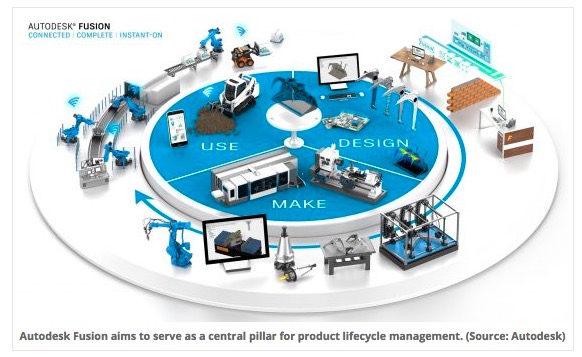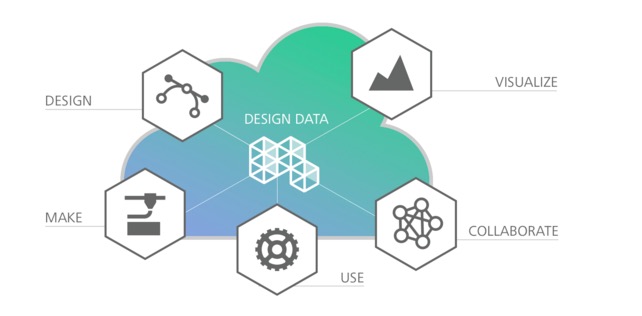
Among many topics I’m following, these two three letter acronyms are capable to ignite a discussion almost every single time. The topic is indeed controversial. Just to remind you some of my earlier blogs – PLM vs BIM: common roots or common future ; PLM v BIM: United or Separated; PLM vs BIM – common or different?.
I’m not alone in the attempt to research common trajectories of these two applications. CIMdata article –Is PLM the Answer to the BIM Paradox? is an article with a very provocative title speaks:
Why is construction productivity flat despite increasing investment in BIM? Why is manufacturing productivity outpacing construction? Those two questions highlight what I refer to as the BIM Paradox. Pondering this paradox isn’t enough, however. We need to understand the reasons behind it, and take action to resolve it. It’s logical to begin by looking at how manufacturing has achieved its impressive productivity results. If we accept that the deliverables of AEC projects are indeed products, then how can lean principles, standardized modules, and PLM be applied successfully?
Coming back to PLM, it’s important to recognize that PLM underpins both lean practices and standardized modules. By improving how information is organized and how changes are managed, PLM can prevent the re-introduction of waste into processes once it has been eliminated. PLM plays an even more important role in managing how designs are standardized, organized into configurable modules, and efficiently manufactured based upon this information. Attempting to implement lean practices and modularization without PLM is like constructing a building without a solid foundation.
In my relatively recent article (from 2016), I speak about Common Future for PLM and BIM. My point is very simple – cloud data management can become a solid foundation for future BIM and PLM platforms.
Granular data modeling and distributed data management are going to play a central role in the future of engineering software for both AEC and manufacturing domains. As a result of that, we might see a future common platform for BIM and PLM. Data management platforms will be capable to track data, manage revisions, dependencies of both multi-disciplinary construction assets as well as electro-mechanical design and variety of bills of materials. Data management will play a key role in unification of platforms and future competition.
The company that has a potential to create a common platform shared between PLM and BIM is Autodesk. My attention was caught by BIM connect article – 5 Reasons Your Construction Apps Need a Common Data Platform. The article defines BIM360 as a first unified design-to-construction platform. Read the article and draw your conclusion. My favorite was the following picture showing techno-marketing architecture of BIM 360.

While I like the approach and architecture, I was trying to find an answer how this platform is connected to another one presented just few months ago at Autodesk Accelerate even in Boston. GraphicSpeak article – Autodesk introduces new cloud and IoT solutions at Accelerate 2017 shows an interesting picture I also had a chance to capture on my blog:

Based on PJ reviews from TEC Evaluation, these platforms seems to be having common roots. Check this article. An interesting part is Innovation Platform as a service. You can see a role of Forge Platform.

These three picture raised a question in my mind about potential trajectory of BIM and PLM platforms at Autodesk. BIM360 seems to be the most fresh development, while FusionLifecycle and Innovation platform seems to be an earlier version targeting slightly different group of customers. Will Autodesk bring together multiple pieces of technology to make them working together or will try to expand BIM360 to support integrated product development is a question I don’t have an answer for the moment.
What is my conclusion? Common roots, common characteristics and different implementations. This is a story of PLM, BIM and cloud platforms at Autodesk. It will be interesting to see a future trajectory. To fix “Project” world with Product can be a simplest thing to do from technological standpoint. However, to bring it to the market as two different packages might be a solution Autodesk will follow. But I’m ready to be surprised and look forward to learn more. Just my thoughts…
Best, Oleg
Want to learn more about PLM? Check out my new PLM Book website.
Disclaimer: I’m co-founder and CEO of OpenBOM developing cloud based bill of materials and inventory management tool for manufacturing companies, hardware startups and supply chain. My opinion can be unintentionally biased.
The post What are future trajectories of Autodesk PLM and BIM platforms? appeared first on Beyond PLM (Product Lifecycle Management) Blog.



Be the first to post a comment.